Growing Esports Popularity
The rise of esports is a pivotal driver for the gaming console market in Europe. With millions of viewers and participants, esports events are gaining traction, leading to increased console sales. The European esports market is projected to reach €1.5 billion by 2026, indicating a robust growth trajectory. This burgeoning interest in competitive gaming encourages console manufacturers to develop products tailored for esports enthusiasts, such as high-performance controllers and optimized gaming systems. Additionally, partnerships between console brands and esports organizations are becoming more common, further solidifying the connection between gaming consoles and the esports community. As this trend continues, it is likely to bolster the overall market, attracting new players and fans alike.
Expansion of Game Libraries
The expansion of game libraries is a crucial factor influencing the gaming console market in Europe. As more titles become available, including exclusive releases and indie games, consumers are increasingly drawn to specific consoles. Recent statistics indicate that consoles with extensive game libraries see a 25% higher sales rate compared to those with limited offerings. This trend is further amplified by the rise of digital distribution platforms, which allow for easier access to a diverse range of games. Additionally, the growing trend of cross-platform play encourages developers to create games that appeal to a wider audience, thereby enhancing the attractiveness of gaming consoles. As the variety of available games continues to grow, the gaming console market is likely to benefit from increased consumer interest and engagement.
Rise of Mobile Gaming Integration
The integration of mobile gaming with traditional consoles is becoming a significant driver for the gaming console market in Europe. As mobile gaming continues to gain popularity, console manufacturers are exploring ways to bridge the gap between mobile and console experiences. This includes features such as cloud gaming and mobile app connectivity, allowing users to access their games across multiple devices. Recent data suggests that nearly 50% of gamers in Europe also engage in mobile gaming, indicating a substantial overlap between the two markets. By capitalizing on this trend, console makers can attract a wider audience and enhance user engagement. As the lines between mobile and console gaming blur, the gaming console market is likely to adapt and thrive in this evolving landscape.
Increased Focus on Family Entertainment
The gaming console market in Europe is witnessing a notable shift towards family-oriented entertainment. As families seek engaging activities that can be enjoyed together, gaming consoles are emerging as a popular choice. This trend is reflected in the growing number of family-friendly titles and multiplayer games designed for all ages. Recent surveys indicate that approximately 40% of households in Europe own a gaming console, with many using it as a primary source of family entertainment. Furthermore, the introduction of parental controls and educational games is making consoles more appealing to parents. As this focus on family entertainment continues to evolve, the gaming console market is likely to see sustained growth, catering to a diverse demographic.
Technological Advancements in Gaming Consoles
The gaming console market in Europe is experiencing a surge in technological advancements, which significantly enhances user experience. Innovations such as 4K resolution, ray tracing, and faster load times are becoming standard features in new consoles. This trend is likely to attract a broader audience, including casual gamers and hardcore enthusiasts. According to recent data, the adoption of 4K gaming consoles has increased by approximately 30% in the last year alone. Furthermore, the integration of virtual reality (VR) capabilities is expected to expand the market, as VR gaming becomes more accessible. As manufacturers continue to invest in cutting-edge technology, the gaming console market is poised for substantial growth, appealing to both existing and new consumers.


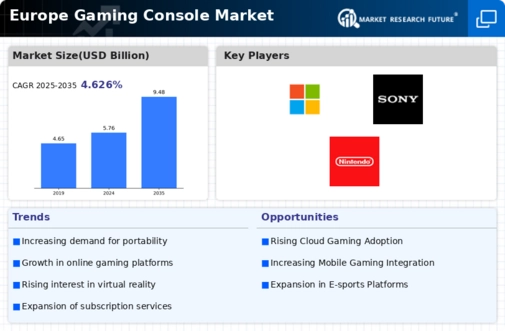
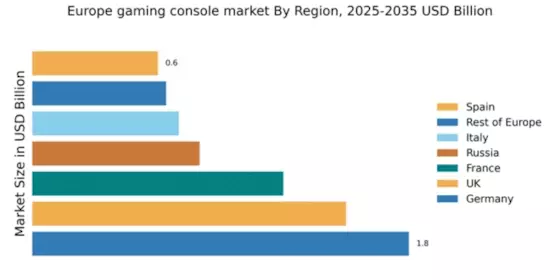
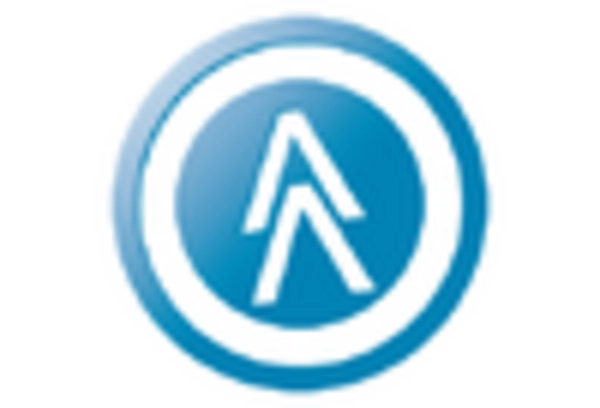

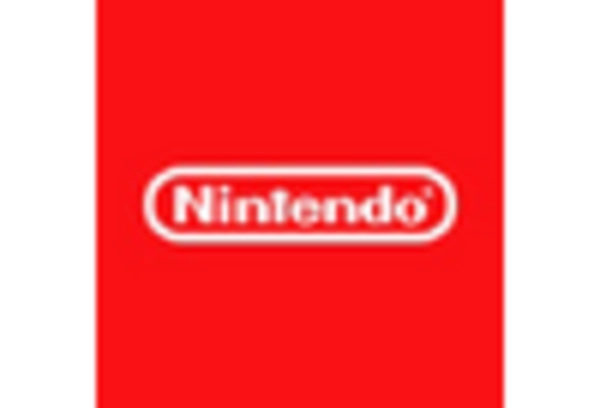
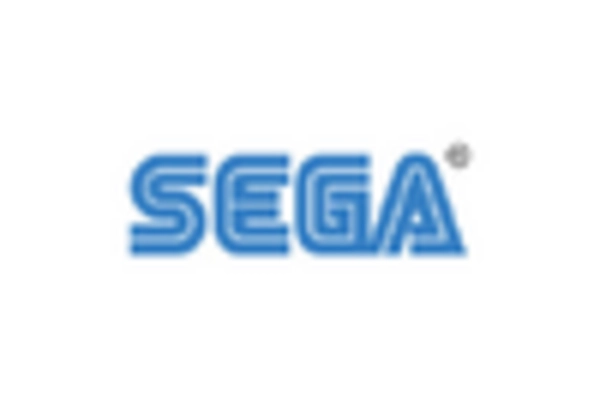
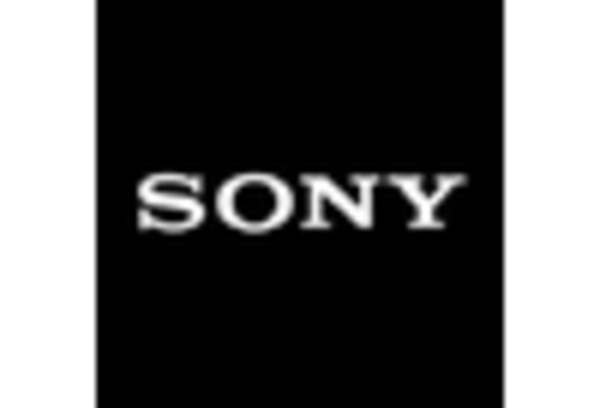
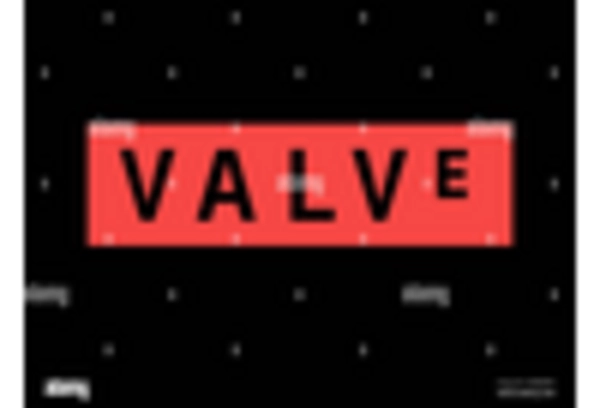








Leave a Comment